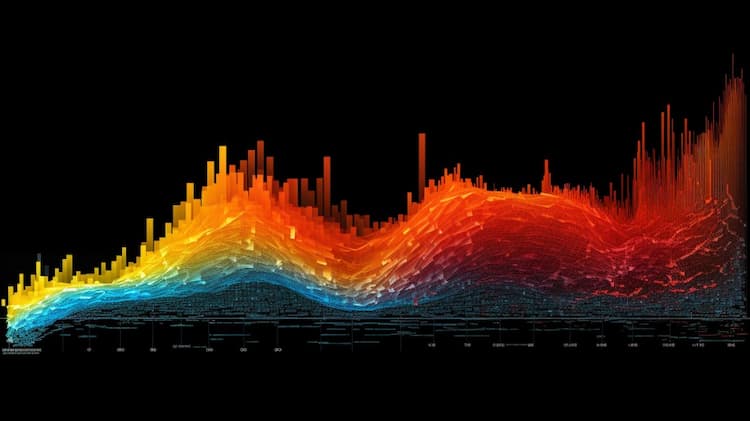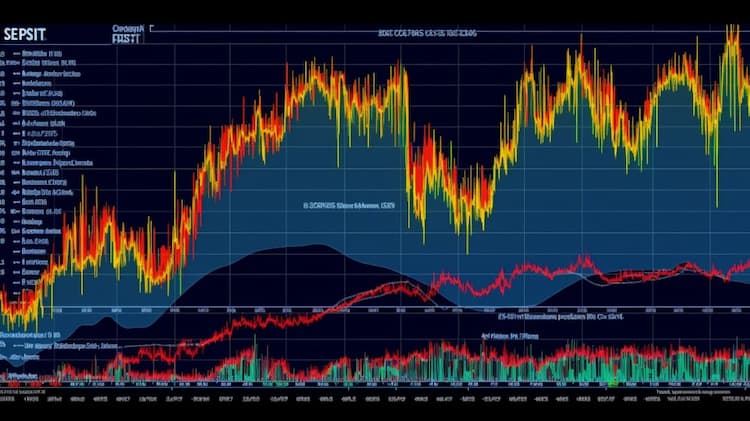
IYF VS KBWB
Exchange-Traded Funds (ETFs) have revolutionized the investment landscape, offering a versatile way to gain exposure to various sectors and asset classes. In this article, we will conduct an in-depth comparison between two prominent ETFs: IYF (iShares U.S. Financials ETF) and KBWB (Invesco KBW Bank ETF). By exploring critical aspects such as ETF tickers, full names, issuers, sectors, top holdings, capitalization, strategy, tracking, and exposure, investors can make more informed decisions to align with their financial goals.
IYF Vs KBWB: Overview
The IYF and KBWB ETFs cater to different segments of the financial industry. While IYF focuses on offering broad exposure to U.S. financial companies, KBWB hones in on the banking sector specifically. This divergence in scope leads to distinct risk and return profiles, which we will dissect in the upcoming sections.
IYF Vs KBWB: Sectors and Top Holdings
The IYF ETF encompasses a diverse range of financial services companies, including banks, insurance providers, investment firms, and more. In contrast, KBWB predominantly invests in bank stocks, including major players like JPMorgan Chase, Bank of America, and Wells Fargo. Understanding the sectors and top holdings helps investors grasp the varying dynamics and growth potentials associated with each ETF.
 IYF overlap IYF VS KBWB
IYF overlap IYF VS KBWB
IYF Vs KBWB: Capitalization and Strategy
IYF boasts a substantial Asset Under Management (AUM), showcasing its popularity among investors seeking exposure to the broader financial sector. KBWB's strategy revolves around capturing the performance of banking institutions. The difference in capitalization and strategy between these two ETFs translates to different levels of risk and potential rewards, underscoring the importance of tailored decision-making.
IYF Vs KBWB: Tracking and Exposure
IYF is designed to provide investors with exposure to a broad cross-section of financial services, reflecting the overall health of the industry. In contrast, KBWB's focus on banking stocks offers exposure to the performance of individual financial institutions. The methods of tracking and exposure differ; IYF tracks an index of U.S. financial companies, while KBWB tracks the KBW Nasdaq Bank Index.
Conclusion
In the realm of ETF investing, IYF and KBWB stand out as specialized tools for gaining exposure to distinct corners of the financial market. For investors seeking deeper insights into holdings, correlations, overlaps, and other critical factors, the ETF Insider platform serves as an indispensable resource. With its user-friendly interface and comprehensive data, investors can make more informed decisions in line with their financial objectives.
Disclaimer: This article is intended for informational purposes only and does not provide any investment advisory services.
Sources:
iShares: https://www.ishares.com/us/products/239512/ishares-us-financials-etf
Invesco: https://www.invesco.com/us/financial-products/etfs/product-detail?audienceType=Investor&ticker=KBWB
IYF quote and analysis
Discover the top holdings, correlations, and overlaps of ETFs using our visualization tool.
Our app allows you to build and track your portfolio.
To learn more about the IYF iShares U.S. Financials ETF, access our dedicated page now.
FAQ
Why is IYF better than KBWB?
IYF may be considered better than KBWB for some investors due to its specific focus, offering diversification.
Does KBWB beat IYF?
KBWB's performance relative to IYF will vary over time, depending on market conditions.
Should I invest in IYF or KBWB?
The choice between IYF and KBWB should align with your investment goals, risk tolerance, and desired exposure.
Are IYF and KBWB good investments?
Both IYF and KBWB can be suitable investments depending on individual investment strategies, goals, and risk profiles.
What is the correlation between IYF and KBWB?
The correlation between IYF and KBWB can vary over time, reflecting differences in performance.























